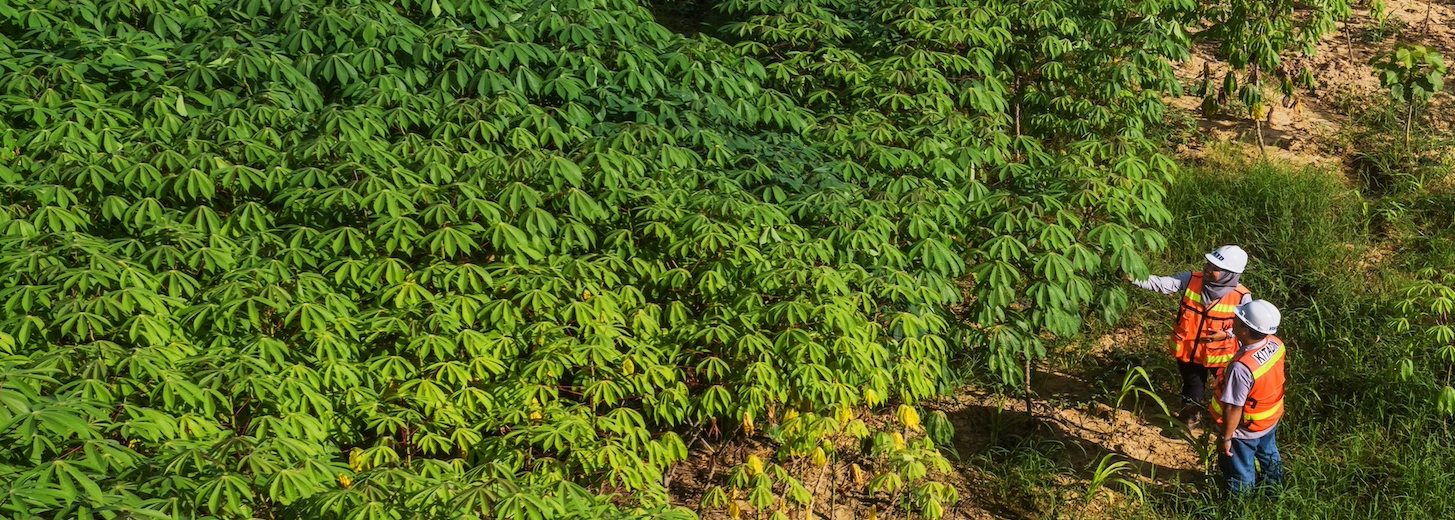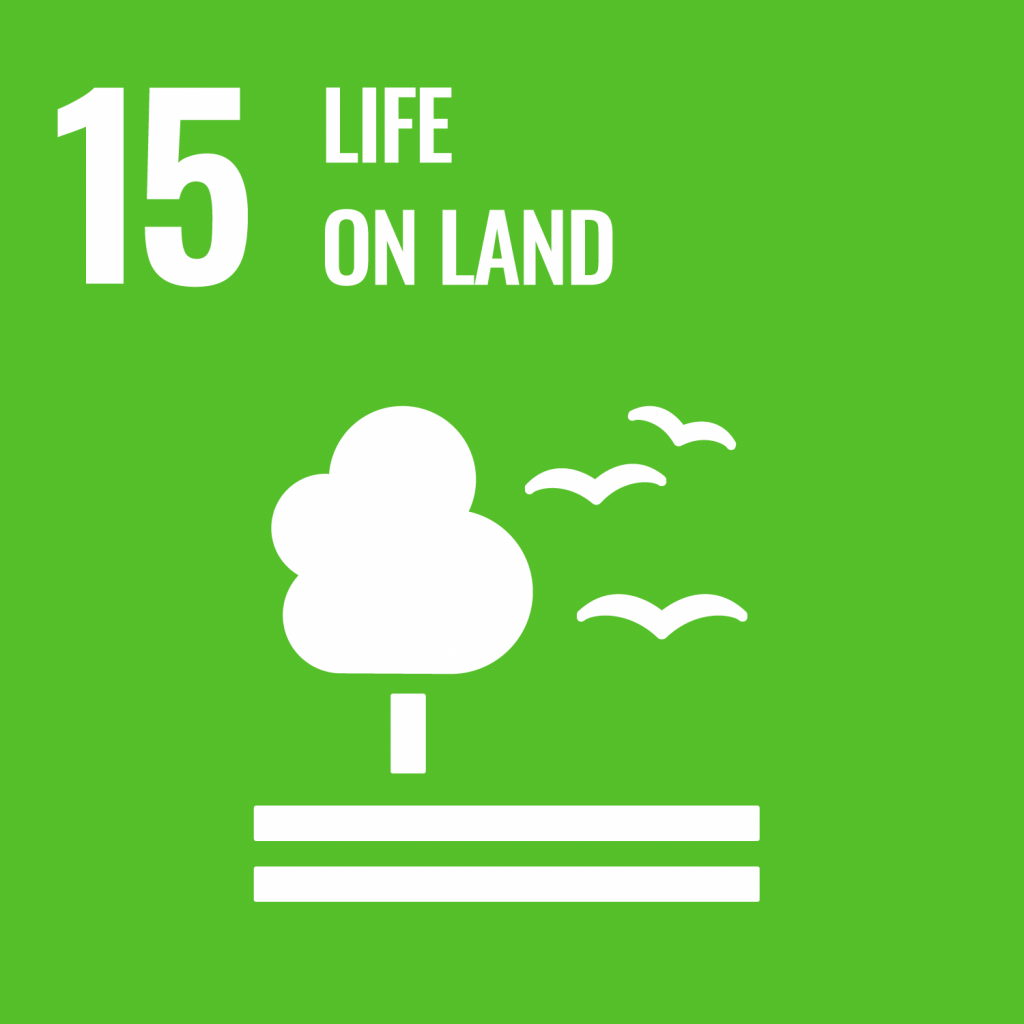
Mine Subsidence
Mine Subsidence

Significance & Commitment
Subsidence is common over underground mines. Inefficient subsidence management may lead to fatal injury of miners, while surface subsidence may affect the environment in several ways, such as alteration of land morphology, interruptions to the hydrologic environment as well as damage to infrastructures and surrounding residences. This issue is recognized and prioritized as a top significant aspect of the Company. To address and mitigate these risks, the Company has committed to the exploration and implementation of appropriated technologies designed specifically for subsidence management.
Management Approach
The Company integrates subsidence management into mine plans and then submits to related government agencies for approval. Since the mine subsidence movement can be predicted, Centennial, a subsidiary of the Company operating underground mines in Australia, has frequently performed risk assessment on subsidence. The assessment results are then integrated with a geological model to formulate the subsidence management plan to minimize possible subsidence impact. Through the implementation, subsidence monitoring has been undertaken over the application areas to access subsidence impacts. The actual impacts have been compared against the estimated impacts and used further to refine the subsidence model and finally improve the subsidence management plan.
Year in Review
In Australia, the approach to managing and monitoring mine subsidence associated with underground mining sophisticated blend of regulatory compliance and digital innovation.
Key components of the monitoring included extraction plan, mining lease conditions, development consent conditions, and internal and external environmental audit. Among these, key highlights are Clarence subsidence management report and Mandalong LW57-60 subsidence monitoring program.
